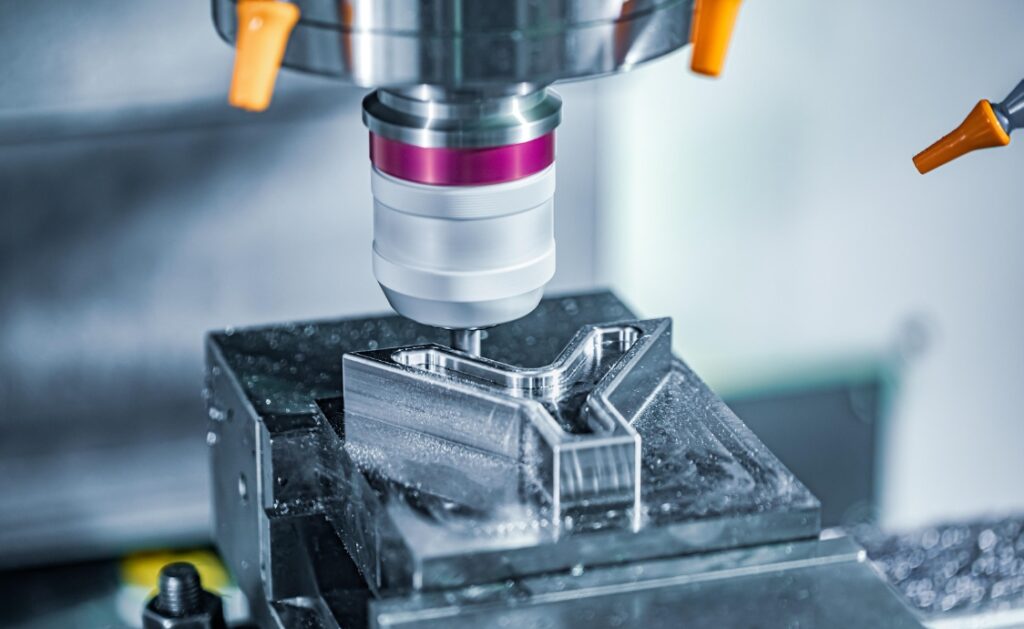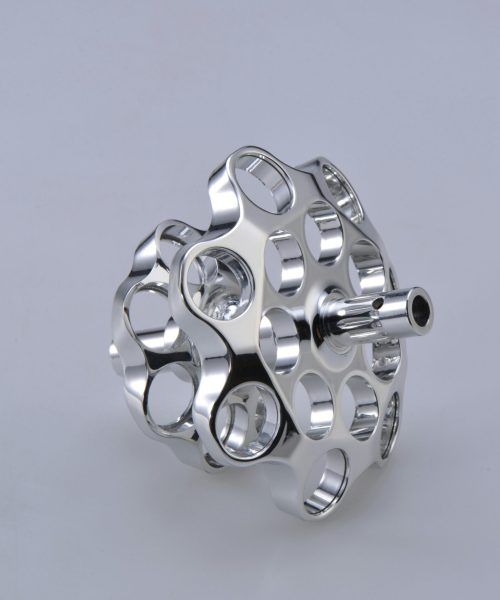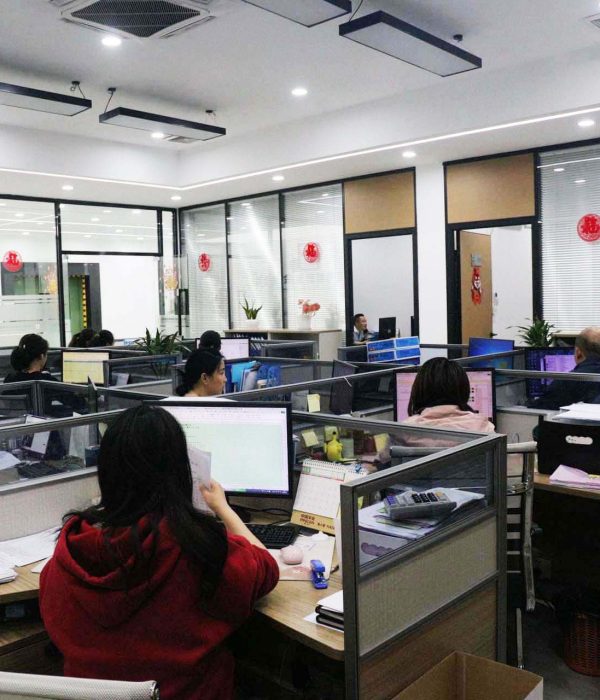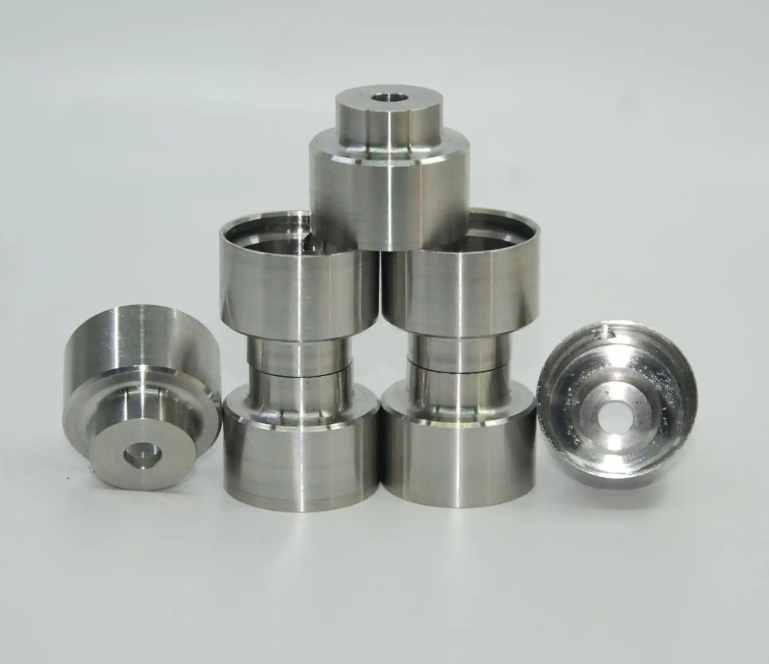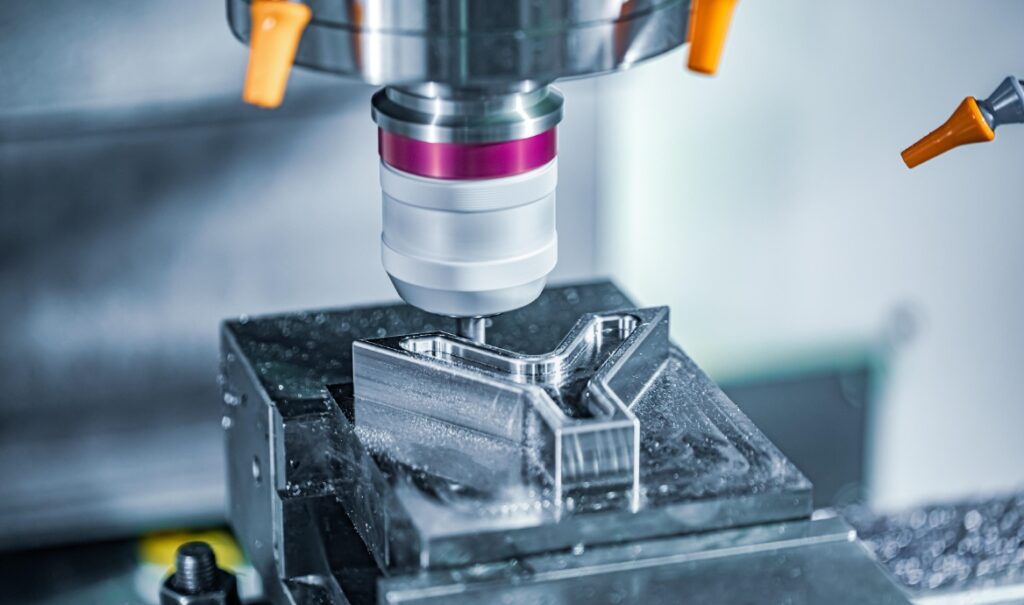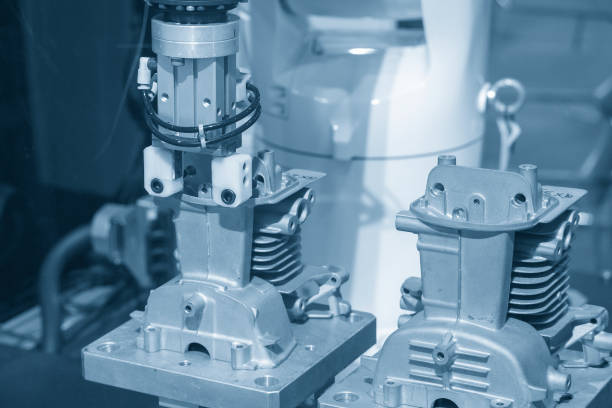Milling has been a favored manufacturing process since the 1800s. However, what has significantly changed over the years is the approach to milling. Initially, milling required extensive manual labor, but today, Computer Numerical Control (CNC) technology handles most of the work. CNC milling offers automation and minimizes human error, enhancing speed and handling more complex parts. This article delves into the various factors that influence the cost of CNC milling and provides insights on how to manage these costs effectively.
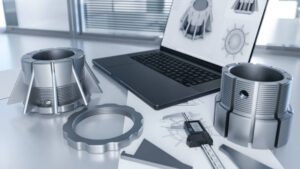
What is CNC Milling?
CNC milling is a subtractive manufacturing process where a rotary cutter removes material from a metal block or bar to create the intended part. The cutter’s speed, pressure, and direction can be adjusted to achieve different effects. CNC milling is often synonymous with CNC machining, which includes processes such as CNC drilling and Electrical Discharge Machining (EDM). CNC turning machines are also used in conjunction with CNC milling.
Factors Influencing CNC Milling and Machining Costs
The cost of CNC machining is influenced by various factors, each contributing to the overall expense. Understanding these factors can help in budgeting and optimizing costs.
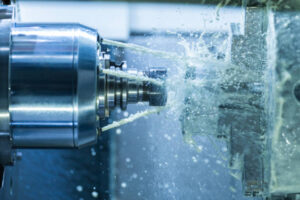
Machine Size and Type
– CNC machines come in different sizes, each suited for manufacturing parts of varying dimensions. Larger, more sophisticated machines are required for producing larger or more complex parts, leading to higher costs. The type of CNC mill (bed, box, C-shape, gantry) also impacts the cost, with simpler designs generally being more cost-effective.
Cutting Tolerances
– Tighter tolerances result in greater accuracy but require higher quality machines and skilled operators, thus increasing costs. Precision machining with tight tolerances demands slower operations and more meticulous handling, adding to the expense.
Number of Axes
– The complexity of the parts that can be created increases with the number of axes in a CNC machine. While multi-axis machining (e.g., 5-axis or 6-axis) offers more flexibility and capabilities, it also significantly raises the cost due to the sophisticated equipment and expertise required.
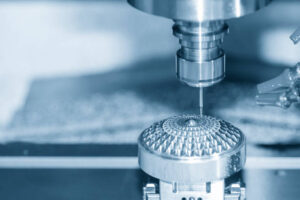
Milling Time and Speed
– The time required to manufacture parts is a critical cost factor. High-speed CNC machines with advanced robotics can produce parts faster, reducing the overall cost despite higher initial setup expenses. Efficient time utilization lowers the cost per part.
Part Geometry and Complexity
– The size and complexity of the part significantly influence the cost. Larger parts require more material and machining time, while intricate designs demand multiple processes, leading to higher costs. Simple geometries are more cost-effective.
Üretim Hacmi
– The quantity of parts ordered impacts the overall cost. Larger orders typically reduce the cost per unit due to economies of scale, spreading the fixed costs over more units. However, the initial cost may be higher.
İşçilik Maliyetleri
– While CNC işleme reduces the need for manual labor, skilled operators are still required for setup, maintenance, and operation. Complex parts that require expert handling incur higher labor costs. The operator’s salary and the time needed for setup and adjustments add to the overall expense.
Tooling and Equipment
– Tooling costs, including the price of reusable and consumable tools, can be significant. Frequent tool changes and specialized tooling for non-standard parts increase the overall cost. Efficient tool management can help in reducing expenses.
Lead Time and Availability
– Lead times affect the cost, with shorter lead times often incurring higher expenses due to expedited processing and shipping. Efficient planning and resource management can optimize lead times and reduce costs.
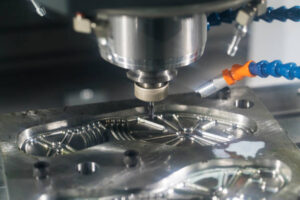
Raw Material Cost
– The type and amount of raw material directly influence the cost. Metals are generally more expensive than plastics, with prices varying significantly. Efficient material use and design optimization can help in managing raw material costs.
Power Consumption
– CNC machines are power-intensive, and the cost of electricity is a notable factor. Efficient energy use and advanced machines with lower power consumption can help in reducing this cost.
Cost Management Strategies
Managing CNC machining costs effectively involves several strategies. By implementing these measures, manufacturers can optimize their processes and reduce expenses.
Optimizing Design
– Efficient design can minimize material waste and machining time. Investing in detailed and accurate CAD designs ensures that machines take the shortest routes and use the minimum amount of material required. Consulting experienced machinists during the design phase can save costs in the long run.
Avoiding Unnecessary Features
– Features like deep pockets, tight tolerances, multiple finishes, long threads, and sharp edges add to the machining time and cost. Simplifying designs and avoiding unnecessary features can significantly reduce expenses.
Choosing Appropriate Materials
– Selecting the right material for the application can help in managing costs. While metals like stainless steel are strong, plastics can often provide sufficient strength at a lower cost. Opting for cheaper materials where feasible can reduce expenses without compromising quality.
Increasing Production Volume
– Higher production volumes lower the cost per part by spreading fixed costs over more units. Efficient planning and bulk orders can optimize costs and improve overall efficiency.
Partnering with Reliable Manufacturers
– Working with trusted manufacturers like GCH Process ensures high-quality results at competitive prices. Reliable partners can provide cost-effective solutions, reducing the need for rework and ensuring timely delivery.
GCH Process: Your Trusted CNC Machining Partner
GCH Process offers top-tier CNC machining services, including milling, turning, drilling, and precision machining. With expertise in both prototype and mass production, GCH Process delivers high-quality manufacturing with typical lead times under seven days. Our advanced CNC machinery and skilled operators ensure precise and efficient results.
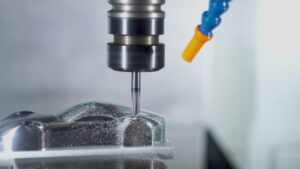
Sonuç
CNC machining involves various costs due to the complexity of equipment and labor. However, strategic planning and optimization can help in managing these expenses effectively. By understanding the factors influencing costs and implementing cost management strategies, manufacturers can achieve high-quality results without overspending. Partnering with experienced manufacturers like GCH Process ensures reliable and cost-effective solutions for all CNC machining needs.
For tailored CNC machining solutions, contact GCH Process and receive a comprehensive quote within 24 hours. Let us help you optimize your manufacturing process and reduce costs effectively.

